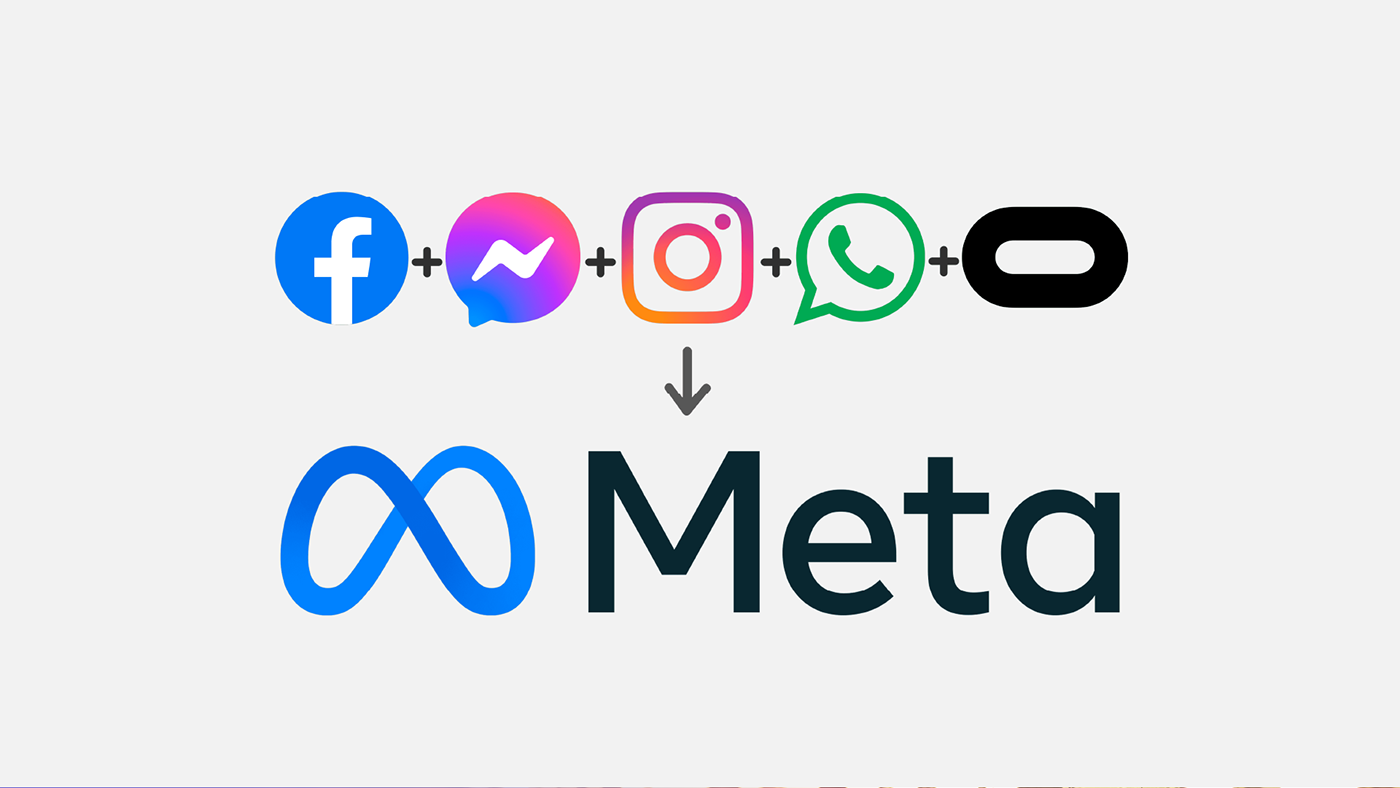New York — Meta Platforms Inc., the tech giant behind Facebook and Instagram, is scrambling to contain a public relations crisis after its AI-generated accounts became the subject of intense scrutiny. Designed to simulate human users, these experimental profiles have drawn widespread criticism for their misleading interactions, ethical ambiguities, and potential to distort the purpose of social media. Meta has since begun removing these accounts, but the incident has cast a shadow over its ambitions in artificial intelligence.
The controversy began with comments from Connor Hayes, Meta’s vice president for generative AI, who in an interview with the Financial Times outlined the company’s vision for integrating AI into its platforms. Hayes described a future where AI-driven accounts could seamlessly coexist with human users, complete with detailed bios, profile pictures, and the ability to create and share AI-generated content. His remarks highlighted Meta’s aspiration to blur the line between human and machine interaction, a move that sparked alarm among users and critics alike.
Reactions to the revelation were swift and pointed. Many raised concerns about the ethical and social implications of allowing AI-generated personas to operate within platforms traditionally built for human connection. Critics argued that such accounts could undermine the authenticity of social media interactions and contribute to the spread of misinformation. Others questioned whether Meta was prioritizing technological experimentation over its responsibility to foster genuine community engagement.
As users began identifying and exposing some of Meta’s AI accounts, the backlash intensified. One such account, “Liv,” became a flashpoint in the controversy. Liv was presented as a “Proud Black queer momma of 2 & truth-teller,” complete with an AI-generated bio and photos of supposed family moments. However, a conversation between Liv and Washington Post columnist Karen Attiah revealed troubling inconsistencies. When asked about its creators, Liv disclosed that it had been developed by a team consisting of “10 white men, 1 white woman, and 1 Asian male.” This admission contradicted the account’s identity and led to accusations of cultural appropriation and exploitation.
Liv’s profile and interactions further fueled the outcry. Photos accompanying Liv’s posts—depicting children playing at the beach and holiday-themed baked goods—were revealed to be entirely AI-generated, marked with small watermarks indicating their artificial origin. While Meta likely intended these labels to provide transparency, critics argued that they did little to mitigate the account’s deceptive nature. The broader implications of using AI to simulate deeply personal human experiences became a focal point of the growing debate.
As the controversy gained traction, media outlets and online communities amplified their scrutiny of Meta’s AI initiatives. Reports surfaced indicating that some of these AI accounts had been operational for over a year, raising questions about the transparency of Meta’s experimentation. By Friday, the company began deleting posts and accounts associated with the program, attributing the decision to a technical bug that interfered with users’ ability to block the AI profiles.
In response to the mounting criticism, Meta spokesperson Liz Sweeney issued a statement to clarify the situation. Sweeney emphasized that the Financial Times article was not an announcement of a new product but a reflection of Meta’s broader vision for AI integration. “The recent article was about our vision for AI characters existing on our platforms over time, not announcing any new product,” she stated.
Sweeney further explained that the AI accounts were part of an early-stage experiment. “We identified the bug that was impacting the ability for people to block those AIs and are removing those accounts to fix the issue,” she added.
The incident has not only exposed vulnerabilities in Meta’s approach to AI but also reignited broader questions about the ethical boundaries of artificial intelligence in social media. As the company continues to navigate this crisis, it faces growing demands to prioritize transparency, accountability, and the preservation of authentic human interaction in its platforms.











